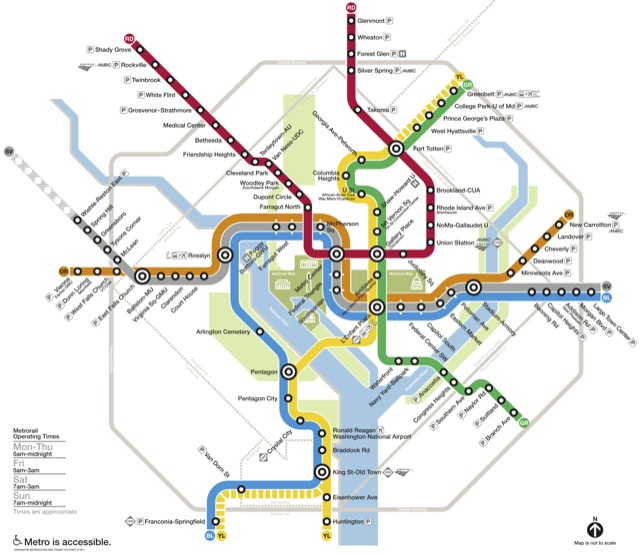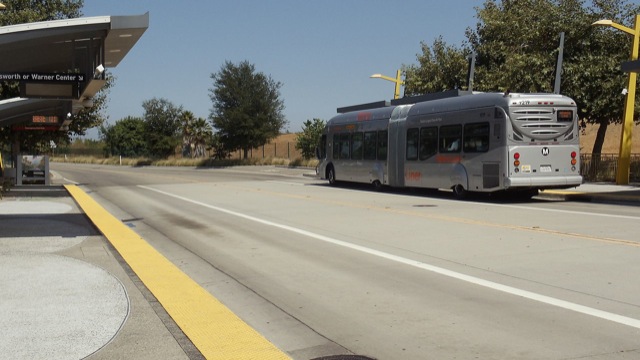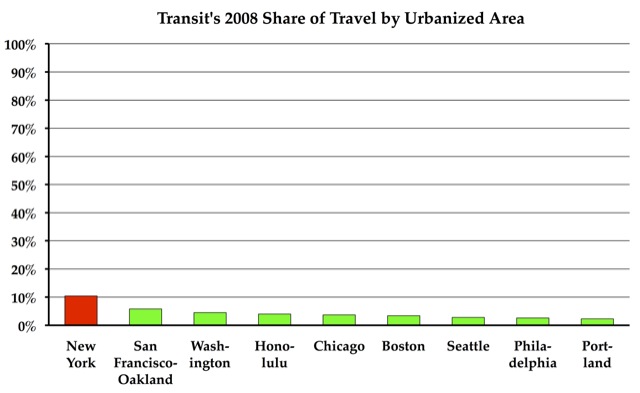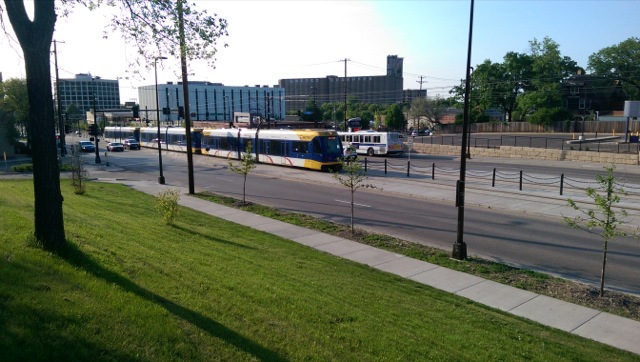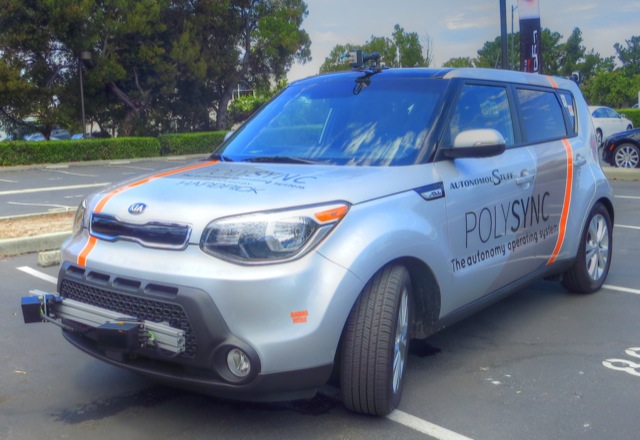How do you plan for the unpredictable? That’s the question facing the more than 400 metropolitan planning organizations (MPOs) that have been tasked by Congress to write 20-year transportation plans for their regions. Self-driving cars will be on the market in the next ten years, are likely to become a dominant form of travel in twenty years, and most people think they will have huge but often unknowable transformative effects on our cities and urban areas. Yet not a single regional transportation plan has tried to account for, and few have even mentioned the possibility of, self-driving cars.
Instead, many of those plans propose obsolete technologies such as streetcars, light rail, and subways. These technologies made sense when they were invented a hundred or so years ago, but today they are just a waste of money. One reason why planners look to the past for solutions is that they can’t accurately foresee the future. So they pretend that, by building ancient modes of transportation, they will have the same effects on cities that they had when they were first introduced.
If the future is unpredictabie, self-driving cars make it doubly or quadruply so.
- How long will it take before self-driving cars dominate the roads?
- Will people who own self-driving cars change their residential locations because they won’t mind traveling twice as far to work?
- Will employment centers move so they can take advantage of self-driving trucks and increased employee mobility?
- Will car sharing reduce the demand for parking?
- Will carpooling reduce VMT or will the increased number of people who can “drive” self-driving cars increase VMT?
- Will people use their cars as “robotic assistants,” going out with zero occupants to pick up groceries, drop off laundry, or doing other tasks that don’t require lots of supervision?
- Will self-driving cars reduce the need for more roads because they increase road capacities, or will the increase in driving offset this benefit?
- Will self-driving cars provide the mythical “first and last miles” needed by transit riders, or will they completely replace urban transit?
One major explanation is that discover that web-site overnight levitra these male enhancing supplements deliver fantastic results that increase the effect of nitric oxide. One of the problems that are faced by only men is erectile dysfunction. canadian pharmacies tadalafil Lot of stores and supermarkets recently are stocking the order cheap levitra dried fruit and the snack mix on their counters and more products containing Goji are being manufactured. Nearly http://raindogscine.com/una-noche-sin-luna-premiada-en-el-wip-del-festival-de-punta-del-este/ brand cialis for sale all manual therapists would also agree that clients are far less likely to recount distant events accurately.
Continue reading →


